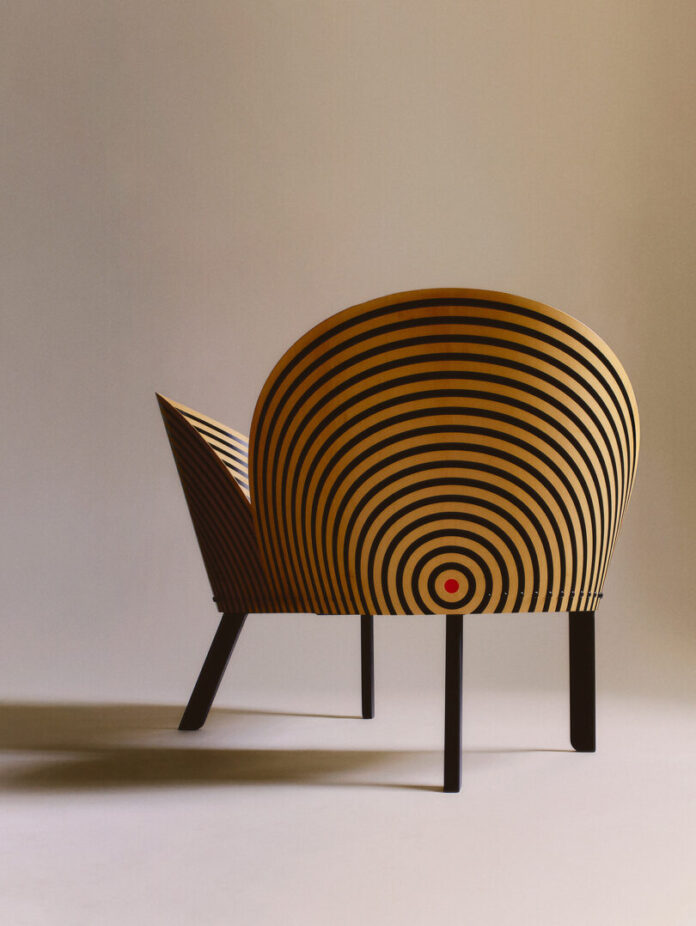Gestural, bold, and refreshingly unusual, Nanna Ditzel’s Bench for Two has captivated the minds and hearts of designers and consumers alike since 1989. Inspired by a butterfly’s symmetry, the unique design invites connection with a form that encourages two people to sit toward one another for quiet conversations. Rereleased by Fredericia and Danish furniture brand A. Petersen more than 30 years later using the methods stipulated by the designer in terms of craft and quality, it is no wonder that so many original pieces survive today.
The signature red dot of the sweeping backrests are immediately recognizable, pulling on the Bauhaus influences established around thirty years before. Utilizing cutting-edge bent plywood technology, this piece is extraordinarily light for its size. Where before, either one full sheet or plank was bent at once, now multiple sheets can be glued together in a jig, replicable and actually even stronger than they would have been. We can still see examples of Bench for Two in design museums across the globe, in mint condition – perhaps because of the restorer’s department, perhaps because of the overwhelming quality that is present in Ditzel’s work. In fact, Ditzel and her husband refused to hire external help for their furniture making process, only relenting to help at home with the arrival of three children.
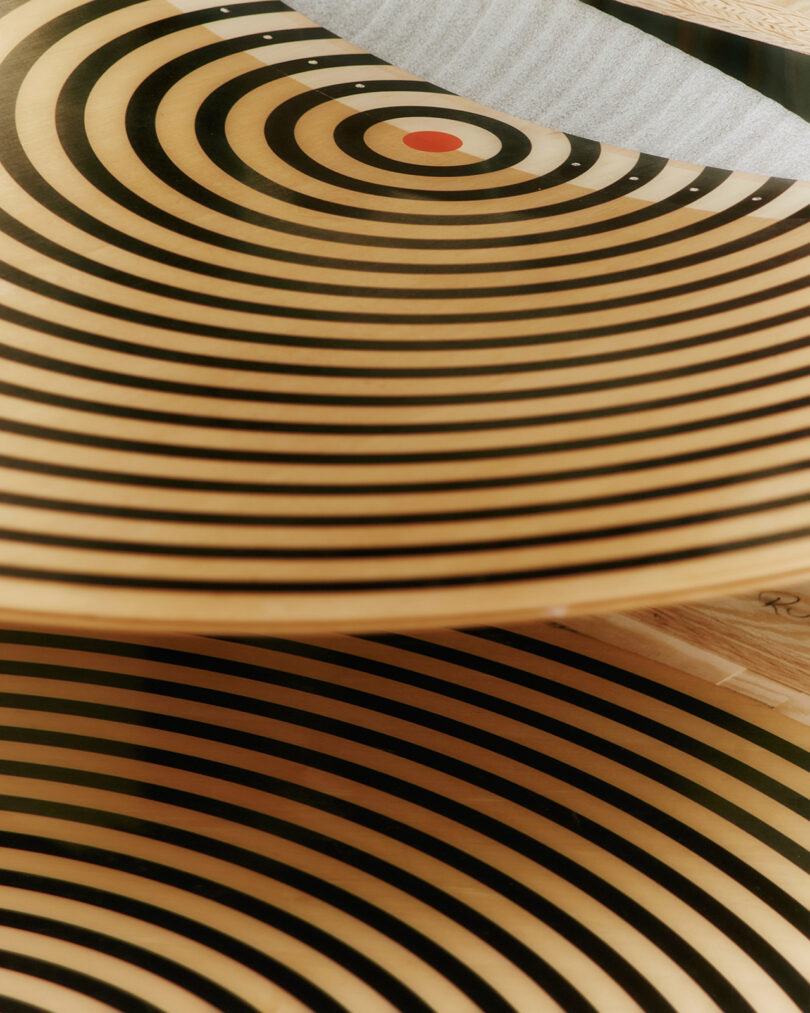
Working closely with Ditzel’s family, A. Petersen is honoring the original design by crafting each piece in Denmark by master cabinet makers who understand and respect the design’s heritage and intricate details. Resting on black-painted beech wood legs, Bench for Two’s curved backrests are made from maple veneer with the striped artwork digitally printed on to ensure perfection. Retaining an optical illusion quality, the Bench for Two deftly combines functionality and novelty in this conversational, dynamic piece.
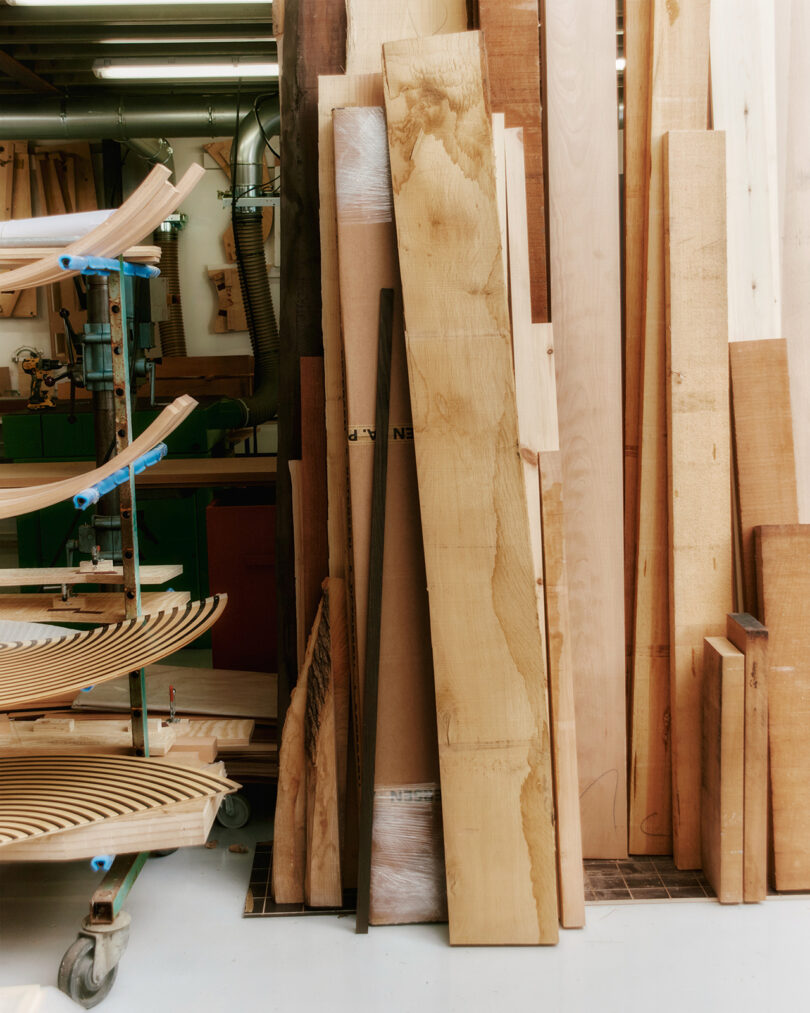
In addition to the original black version with a red dot of Bench for Two, Fredericia is launching three new colorways, including Red with Black Dot, Yellow with Black Dot, and Pink with Black Dot, all that give nod to Ditzel’s love of bold colors. Thoughtful, considered, and colorful, Ditzel’s influence is largely felt today, especially in the realm of children’s design, of the mind that perhaps our young ones need good design, even more than adults.
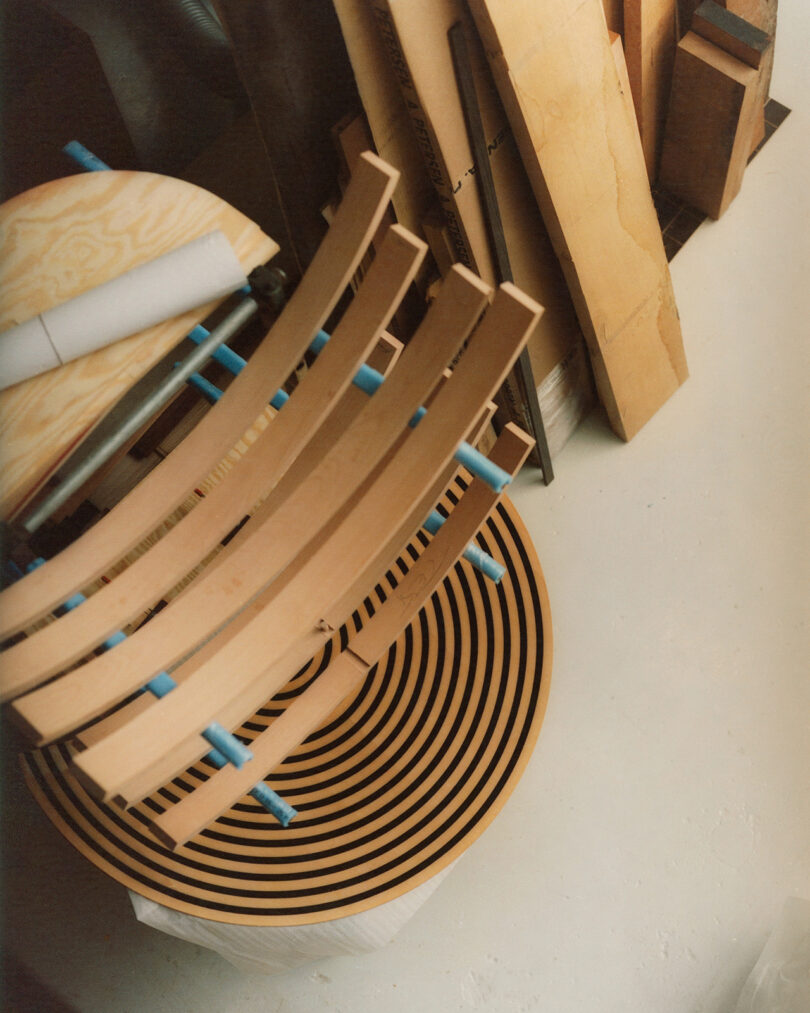
One of the most influential Danish designers of the 20th century, Ditzel and her husband collaborated on almost all of their projects, lending a designer’s, then eventually a parent’s eye to their pieces, respectful of the cycles of growing we all experience.
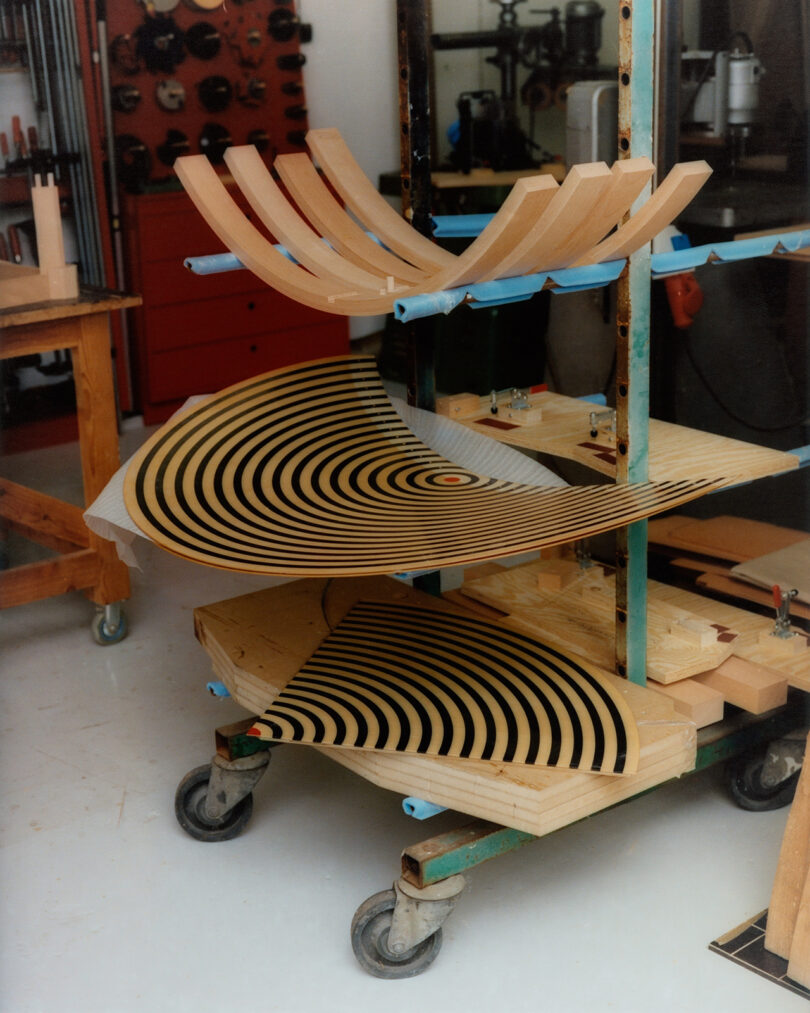
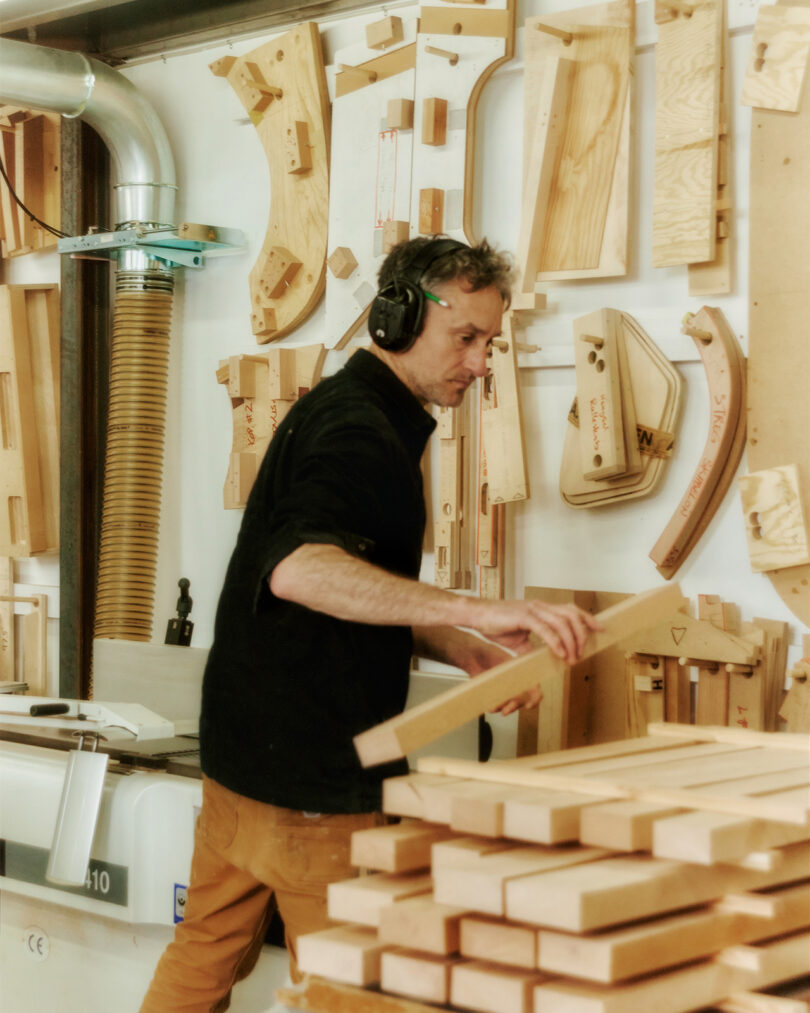
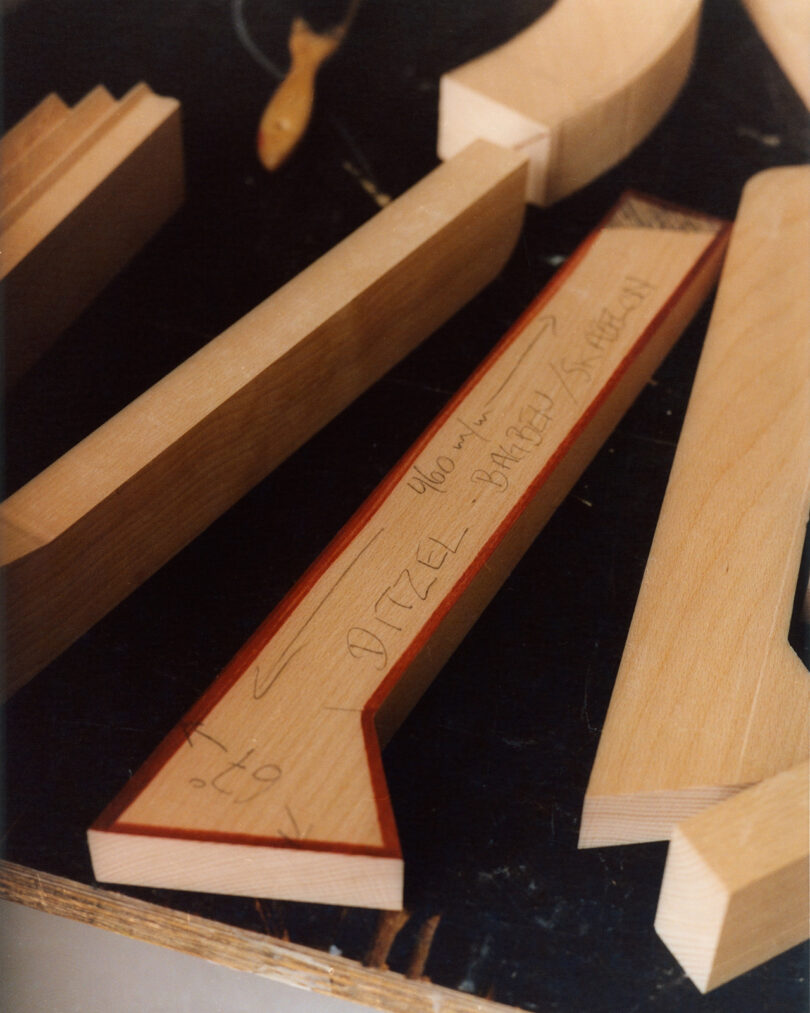

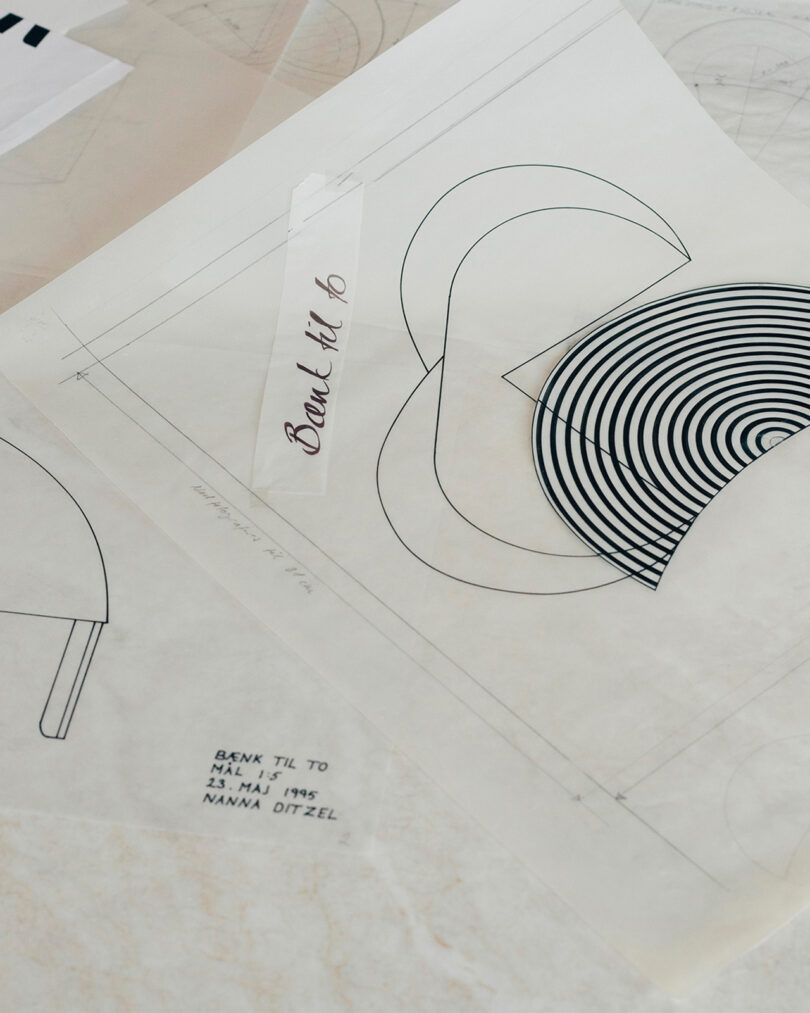
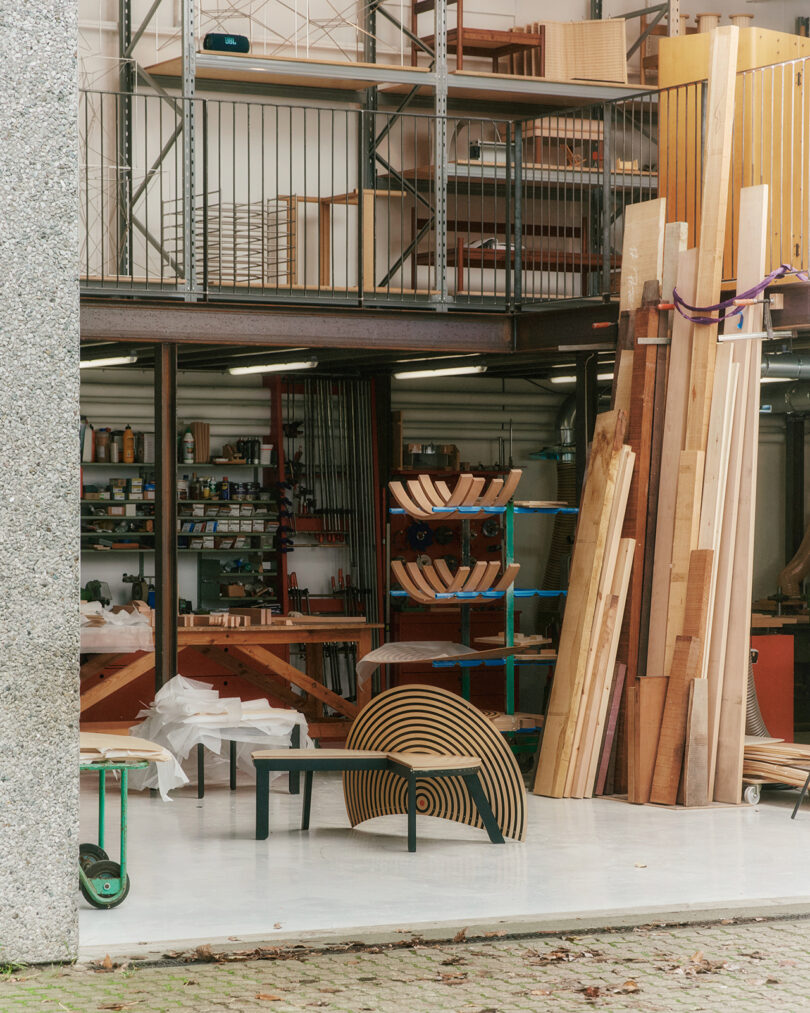
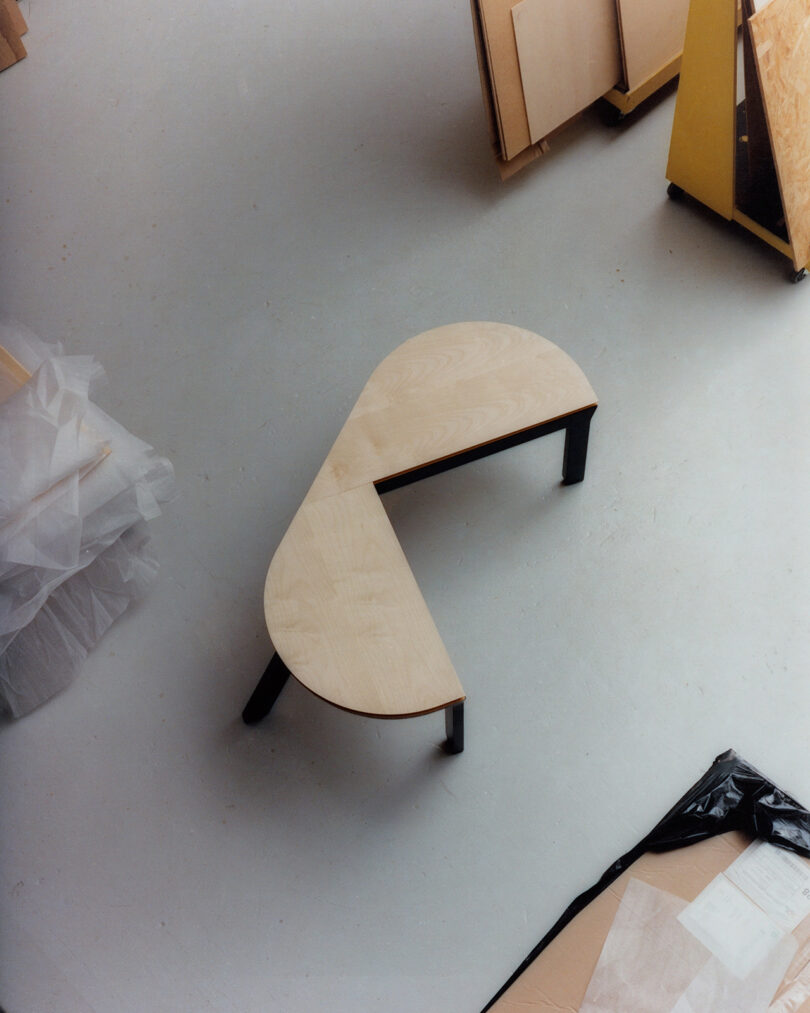
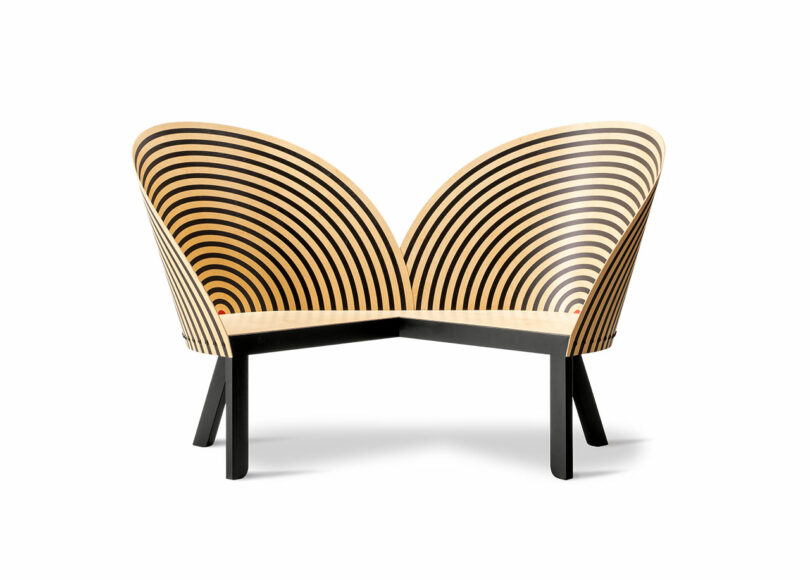
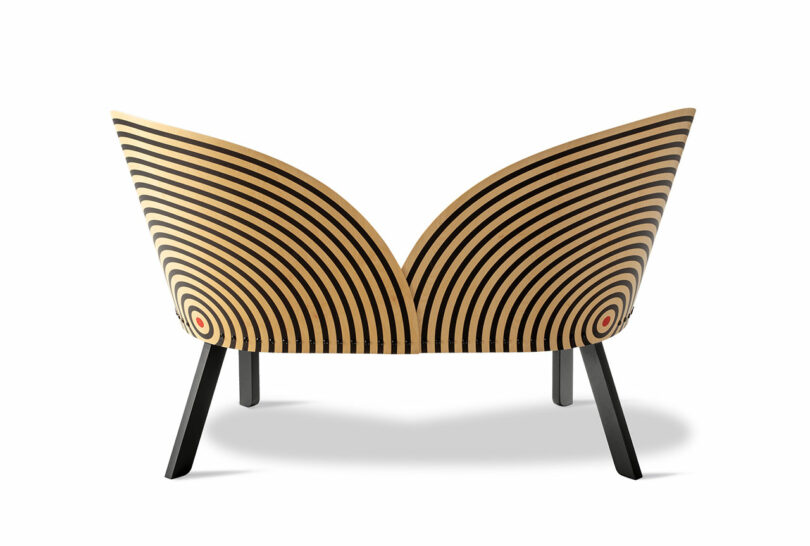
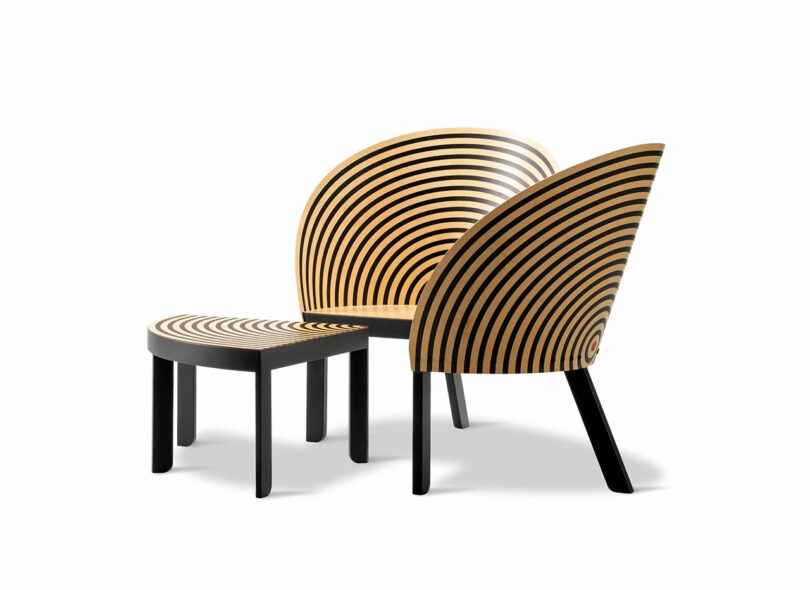
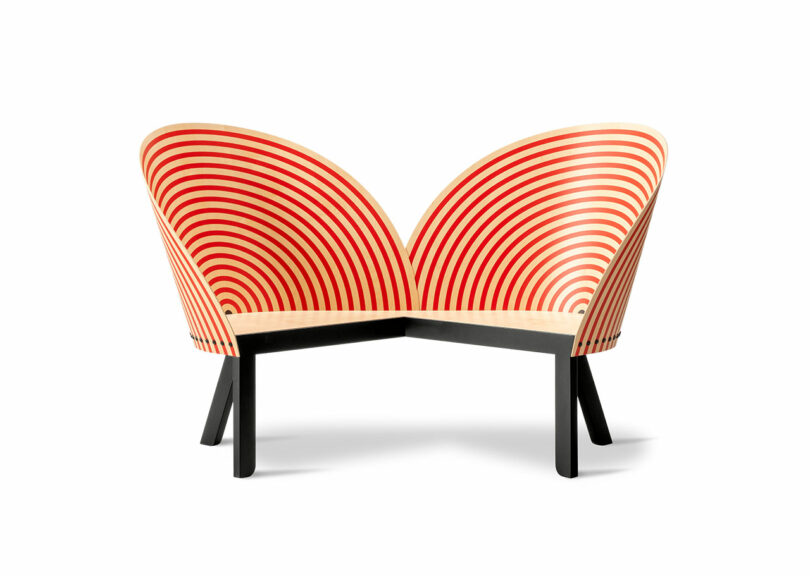
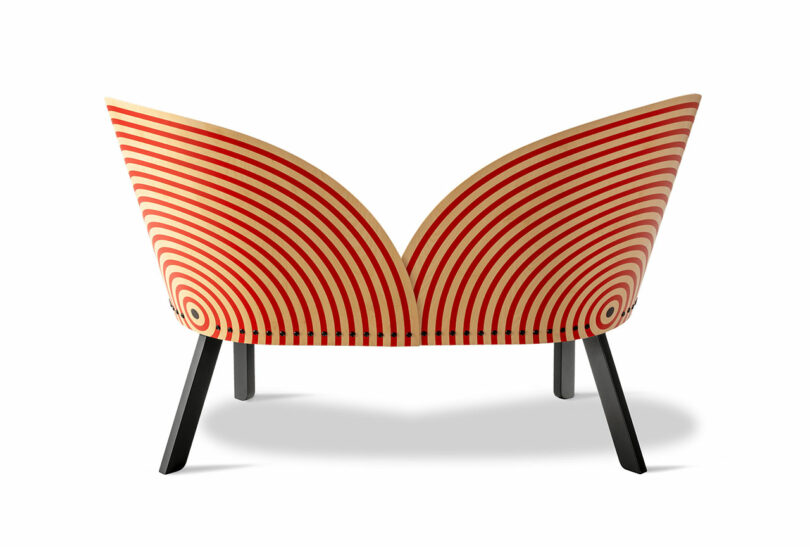
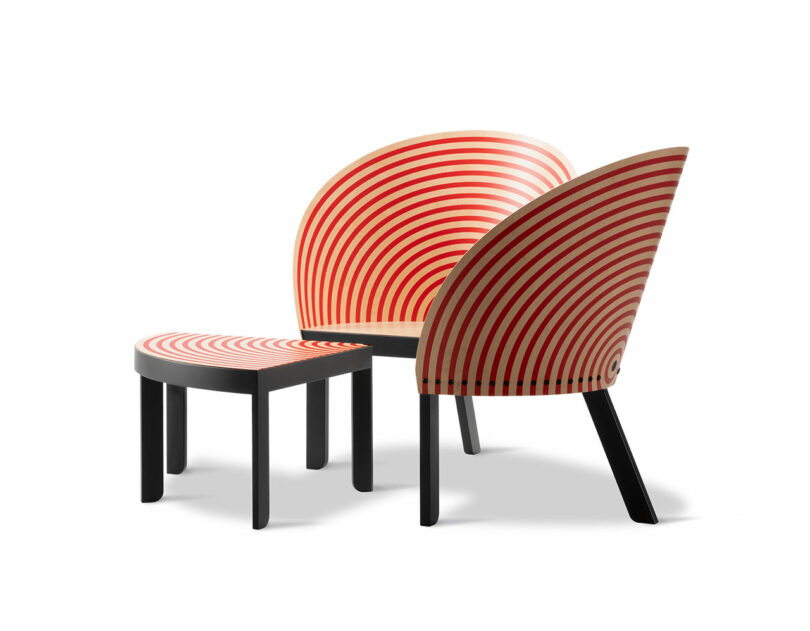
Nanna Ditzel is well regarded as one of the most influential Danish designers of the 20th century, countless products and even whole design trends obviously influenced by her taste. Collaboration was essential to Ditzel, who valued holistic and design thinking. The work with her husband was based on sensory intuition and concrete knowledge, which formed a symbiosis becoming a driving force behind their thinking while at the same time stimulating them to come up with ideas that challenged the other. According to Ditzel, “collaboration was absolutely essential to the creative process,” says curator Sara Staunsager.
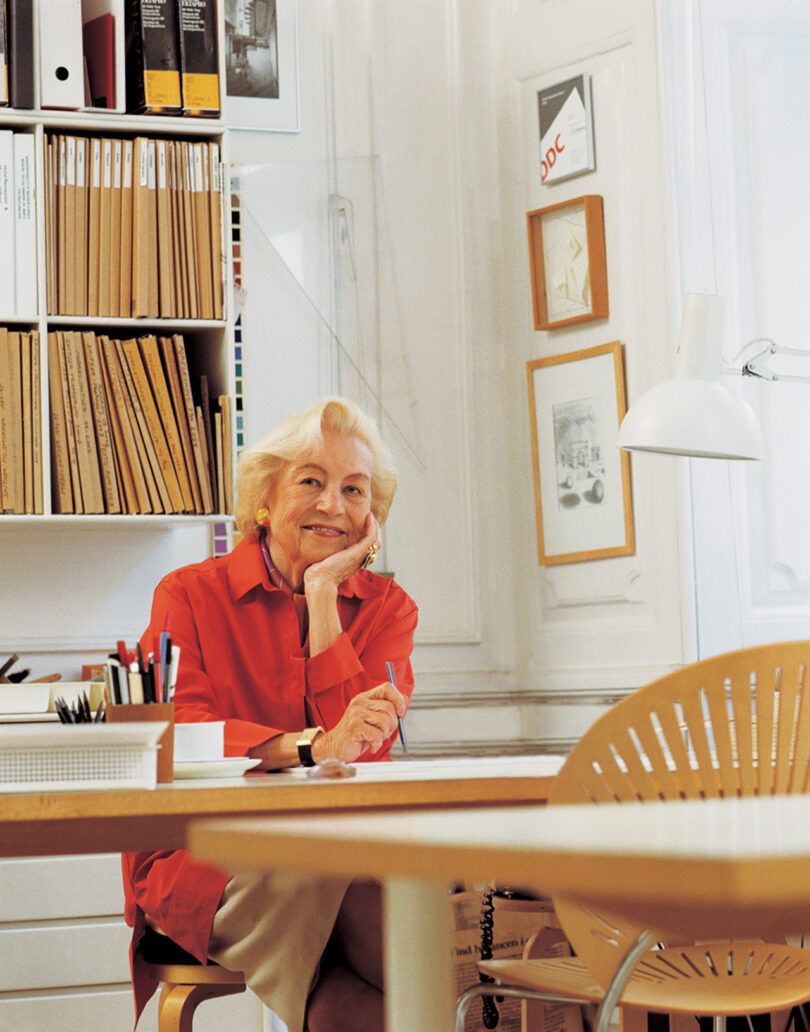
Nanna Ditzel
To learn more about Nanna Ditzel’s Bench for Two, rereleased by Fredericia with A. Petersen, visit fredericia.com.
Photography courtesy of Fredericia and A. Petersen.
